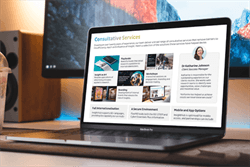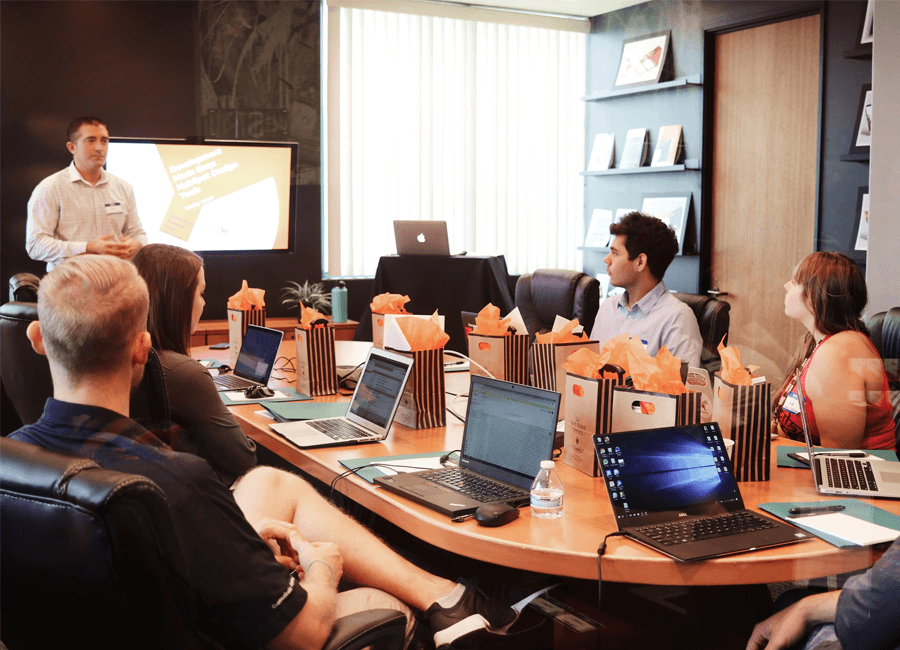In boardrooms around the world, "customer-centricity" is a universal goal. Yet, a significant gap exists between this ambition and reality. Whilst 73% of senior executives believe a customer-first approach is critical to success, only 14% feel it is a true of their organisation. This disconnect highlights a fundamental challenge, many organisations possess customer data, but they lack a mechanism to translate that data into customer-led organisational culture and decision-making.
The solution lies in moving beyond the buzzword to a more robust framework: Customer Salience. This is the principle that all internal stakeholders, from product development to finance, should be thinking about the customer when making business decisions, both large and small. It is about embedding the customer’s perspective into the very fabric of the organisation.
Achieving this profound cultural shift requires more than just generating reports. It demands a sophisticated insight communication strategy, one where visual communication is not an afterthought, but a more prominent approach for making insights understandable, emotionally resonant, and, most importantly, actionable.
| Tweet This | |
| The most significant barrier to insights activation is communication - something that can be fixed with the addition of intriguing visuals. |
Bridging the Insight-to-Action Gap Through Visuals
The most significant barrier to a customer-led transformation is often the climax of the insights process: communication. Even the most profound insights are rendered inert if they fail to capture the attention and influence the behaviour of the relevant stakeholders.
This is where a strategic focus on visual communication becomes transformative. The human brain processes images 60,000 times faster than text, making visuals an exceptionally efficient medium for conveying complex information. In a time-poor corporate environment, the ability to communicate a key finding in seconds, rather than pages, is invaluable.
Effective visual communication can achieve three critical objectives if well designed:
- Enhances comprehension: Complex datasets, customer feedback themes, and process flows can be distilled into clear, intuitive visual formats. An infographic or a well-designed chart can make abstract data tangible and immediately understandable.
- Increases engagement: Visuals are inherently more engaging than blocks of text. They capture attention, hold focus, and make the consumption of insights a more compelling experience for busy stakeholders.
- Builds emotional connection: Driving cultural change requires more than rational buy-in; it requires empathy. Visual storytelling, through video testimonials or illustrated customer journey maps, can connect with audiences on an emotional level, fostering a genuine, shared understanding of the customer’s world.
Key Visual Techniques to Enhance Insight Communication
To effectively embed Customer Salience, insight professionals should employ a range of visual tools, tailored to their audience and objectives.
- Data Storytelling: This moves beyond simply presenting charts. It involves translating data points into a compelling narrative that provides context, highlights critical developments, and guides the audience towards a specific conclusion. An annotated chart that walks a stakeholder through a trend is far more persuasive than a raw data table.
- Visual Customer Journey Maps: These are indispensable for building cross-functional empathy. By graphically depicting every touchpoint, action, and emotion a customer experiences, these maps provide a shared organisational view of pain points and opportunities for improvement.
- Strategic Infographics: For communicating key findings to time-constrained executives, infographics are excellent. They condense extensive research into a single, visually appealing, and easily digestible format, perfect for summaries, internal updates, and making key statistics memorable.
- Interactive Dashboards: Interactive dashboards make data and insights more accessible and allow stakeholders to explore data themselves. By providing access to real-time data and trends, dashboards allow teams to answer their own questions and potentially monitor the impact of their decisions, fostering a culture of data-informed accountability.
Navigating the Limitations of Visual Insight Communication
For all its power, a purely visual approach has inherent limitations that demand attention.
- Oversimplification: While a clean infographic excels at summarising key findings, it can inadvertently reduce the nuances and context required for complex decision-making.
- Misinterpretation: Visuals are not a universal language. Colours, icons, and symbols carry different cultural weights that can lead to confusion. A poorly designed graph can unintentionally distort data, leading stakeholders towards flawed conclusions. There is also the persistent danger of prioritising aesthetics over substance, where a beautifully designed report lacks a clear, actionable insight.
- Accessibility: Visual insight strategy should be inclusive. This means employing sufficient colour contrast, avoiding reliance on colour alone to convey meaning, and ensuring digital assets are compatible with assistive technologies where appropriate.
Acknowledging these limitations is not a critique of visual insight communication, but a call for its intelligent application.
| Tweet This | |
| By elevating insight communication to a strategic, visual capability, we make the customer’s voice visible, tangible, and actionable in every decision. |
A Roadmap for Implementation
Adopting a visually-driven communication strategy to foster Customer Salience requires a considered approach.
- Conduct an Audit and Define Objectives: Begin by assessing how insights are currently communicated and consumed within your organisation. Identify the key decisions and the stakeholders who make them, then define clear objectives for how improved visual communication can support those processes.
- Develop Audience-Centric Formats: Recognise that different stakeholders have different needs. The C-suite requires concise, strategic visuals focused on ROI, while operational teams need practical, detailed visualisations they can apply directly to their work.
- Invest in Capabilities and Consistency: Equip your team with user-friendly data visualisation tools and the necessary training. Establish a visual style guide for all insight communications to ensure a consistent, professional, and credible output that reinforces the value of the insight function.
- Pilot, Measure, and Scale: Start with pilot projects to demonstrate the impact of enhanced visual communication. Measure engagement and the subsequent actions taken, using these success stories to build the case for wider adoption across the organisation.
Ultimately, transforming an organisation to be truly customer-led is a journey of cultural change. By elevating insight communication from a reporting function to a strategic, visual, and persuasive capability, we can ensure the customer’s voice is not just heard, but is seen, felt, and acted upon in every decision.


















